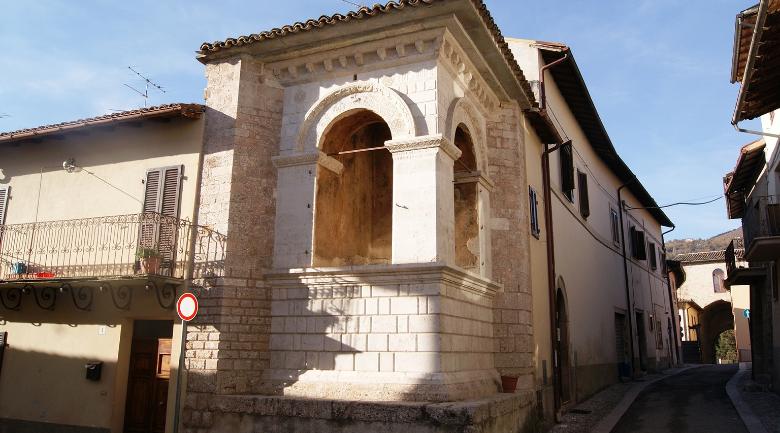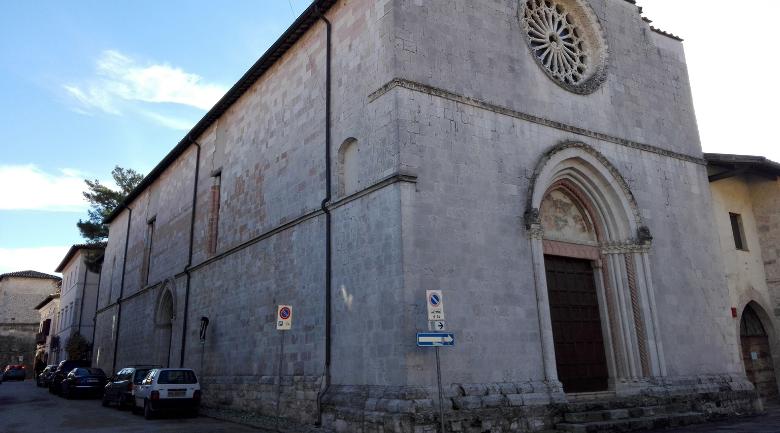From Benedictine monks to lay surgeons
The Preciana Surgical School has its roots in the 10th century, when the Benedictine monks of the Abbey of St Eutizio began practising and teaching medicine. Thanks to their knowledge of medicinal plants and surgical techniques, the monks became reference points for the treatment of illnesses and wounds. However, the Fourth Lateran Council of 1215 prohibited the clergy from practising surgery, as it was considered too ‘profane’ an activity.
This decision led to a turning point: the monks began to pass on their knowledge to the inhabitants of Preci, giving rise to a lay surgical tradition. The Precians, already experts in animal breeding and slaughter, applied this anatomical knowledge to human surgery, developing innovative techniques for the time.
Specialisations: cataracts, hernias and beyond
Precian surgeons became famous throughout Europe for their skill in two specific fields: cataract treatment and the treatment of hernias. For cataracts, they used a technique called abaisement, which consisted of sliding the opaque lens downwards to partially restore sight. For hernias, however, they developed advanced surgical methods, including the use of bandages and supports to reduce the risk of recurrence.
These skills were so renowned that Precian surgeons were called upon to operate in major Italian and European cities. Historical documents attest to their presence in the hospitals of Rome, Florence and Naples, as well as in the royal courts of France and Spain. Their fame was such that, in the 16th century, the Precian surgeon Andrea della Croce wrote a surgical treatise, Chirurgiae universalis opus absolutum, which became a benchmark for medicine at the time.
Museum of the Surgical School
With the advent of modern medicine and the centralisation of medical institutions, the Precian Surgical School gradually lost its relevance. However, its legacy survives in the manuscripts, surgical instruments and techniques that influenced the development of European medicine.
Today, many of the instruments used by Precian surgeons are on display in the Museum of the Surgical School of Preci, housed in the church of St. Catherine. Among the most interesting exhibits are scalpels, forceps and needles dating back to the Middle Ages, tangible evidence of a time when Preci was a point of reference for medical knowledge.
Visiting the abbey
Despite the damage caused by the last earthquake (restoration work is in progress), the Abbey of Sant'Eutizio remains a place of great historical and cultural appeal. In the abbey's museum spaces, recent consolidation work has revealed original walls dating back to the late 6th century.
In addition to medicine, the museum houses a rich collection of works of art and liturgical objects, including wooden sculptures, paintings and fine gold work. The site is an ideal starting point for exploring the Valnerina and the Monti Sibillini National Park, with numerous hiking trails winding through woods and valleys.
How to get there
The abbey is located about 5 km from Preci and 40 km from Norcia. It can be reached by car via the SP476, crossing a landscape characterised by beech woods and high-altitude meadows. In the surrounding area, it is possible to visit other centres of historical and natural interest, such as Norcia, Visso and Castelluccio di Norcia, famous for its lentil flowering between May and July.










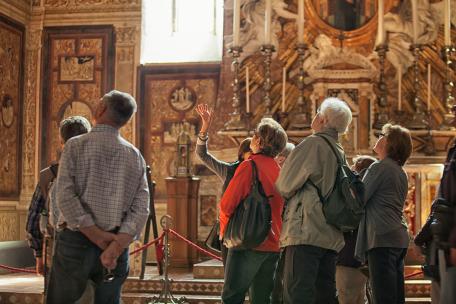






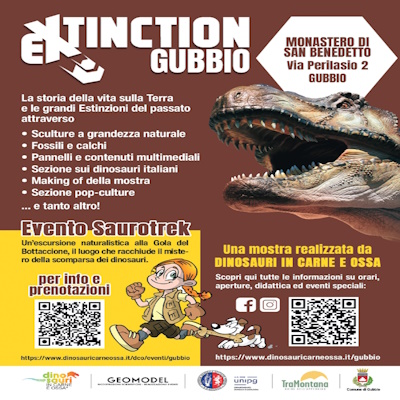
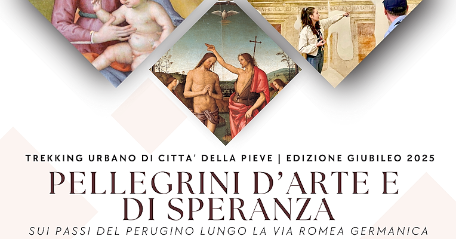
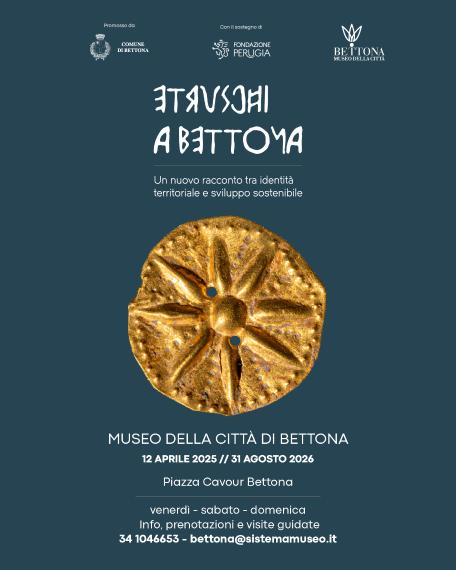
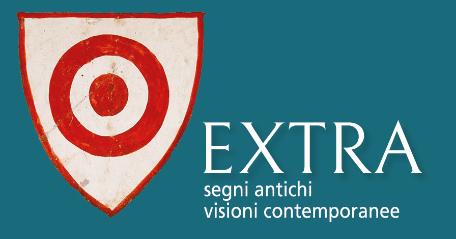
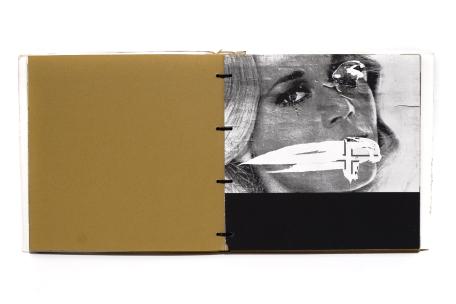
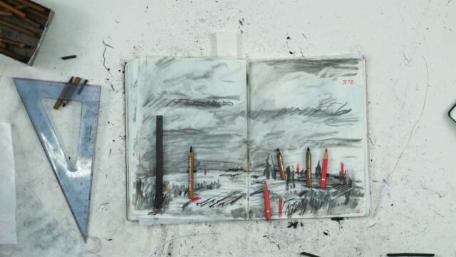

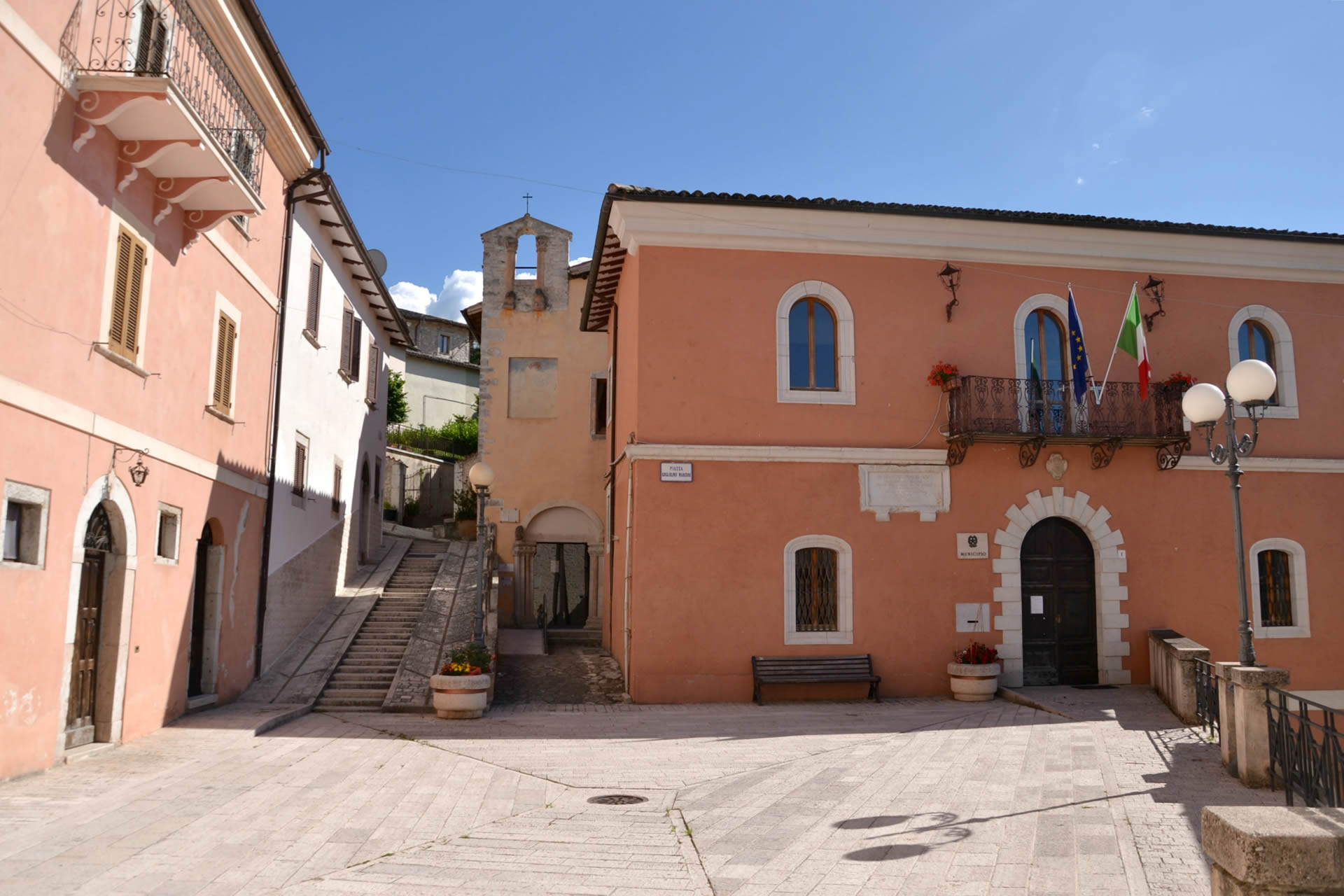


.jpg/b16a46d6-f584-4fe7-8ccb-0303c349dc8f?width=780)
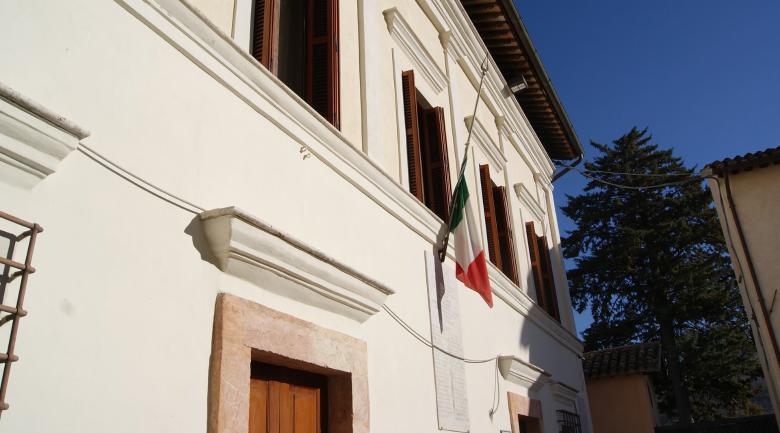
.jpeg/76ca5d40-a3d4-d164-117d-386a29293907?width=780)

